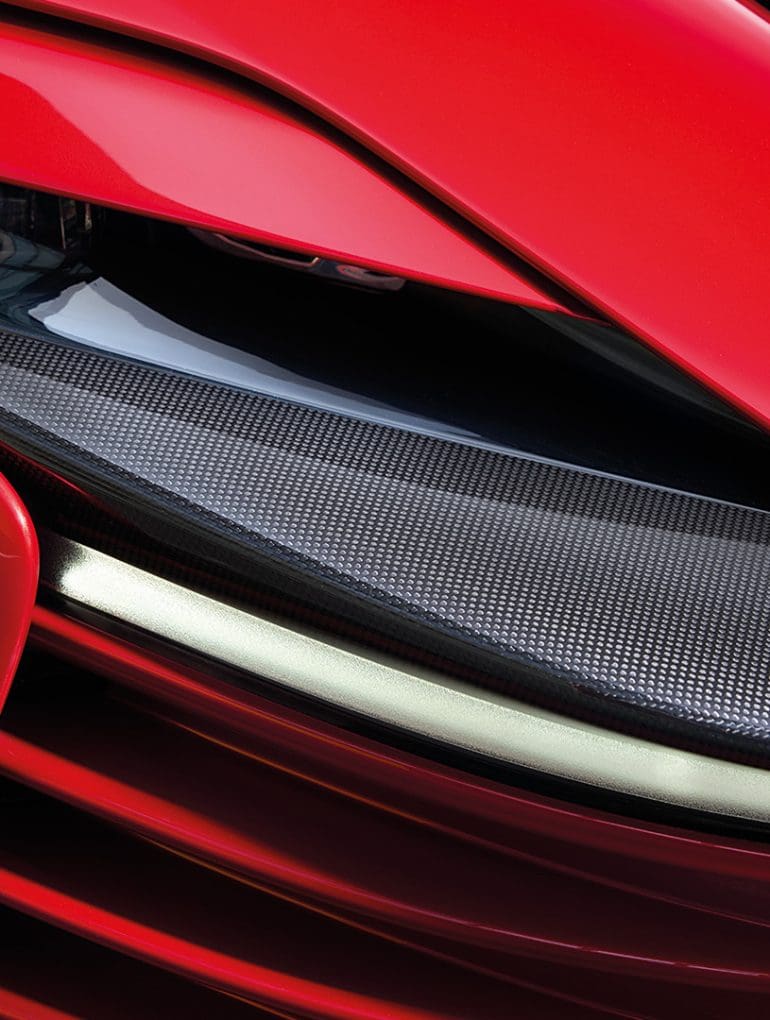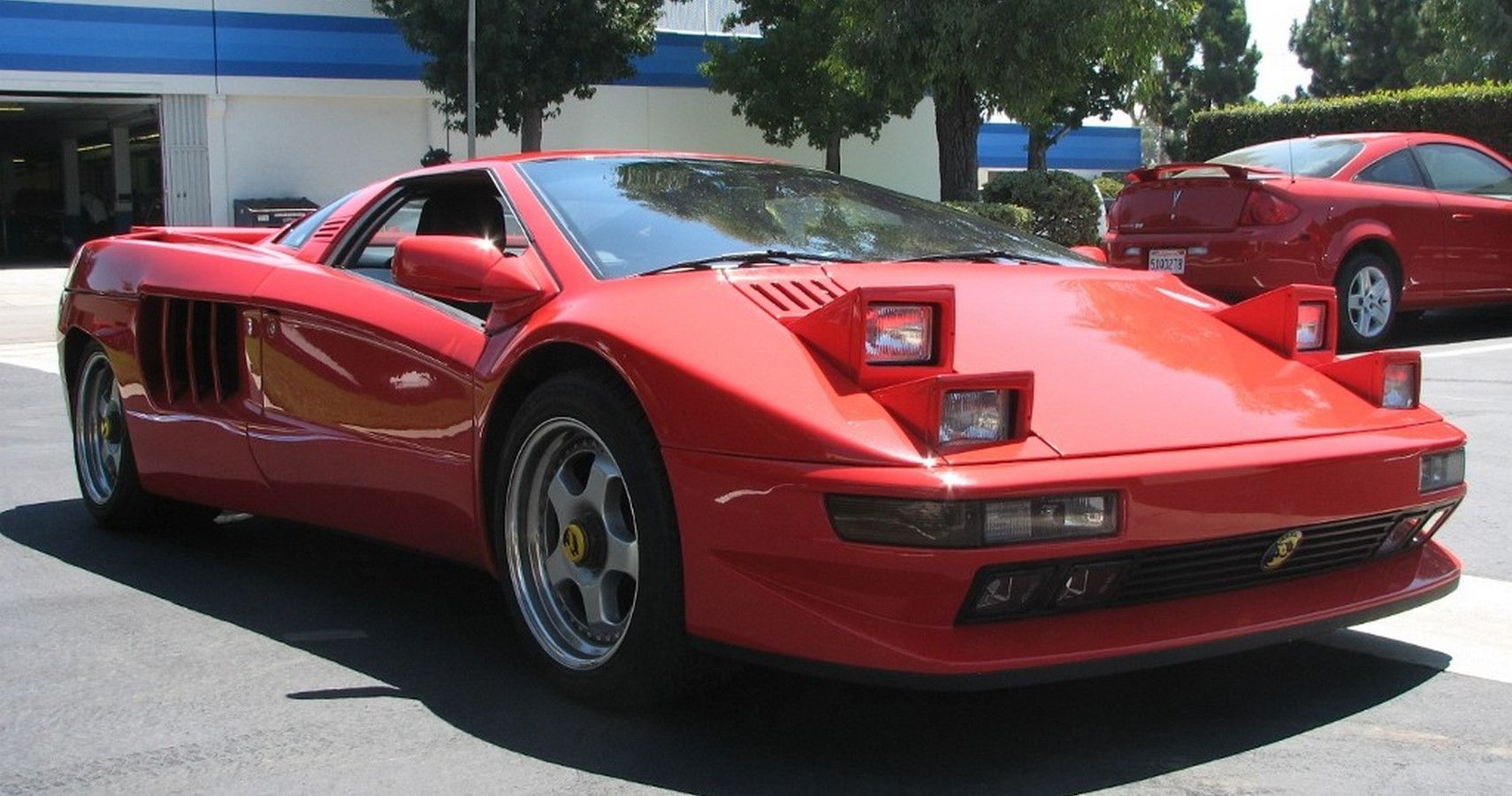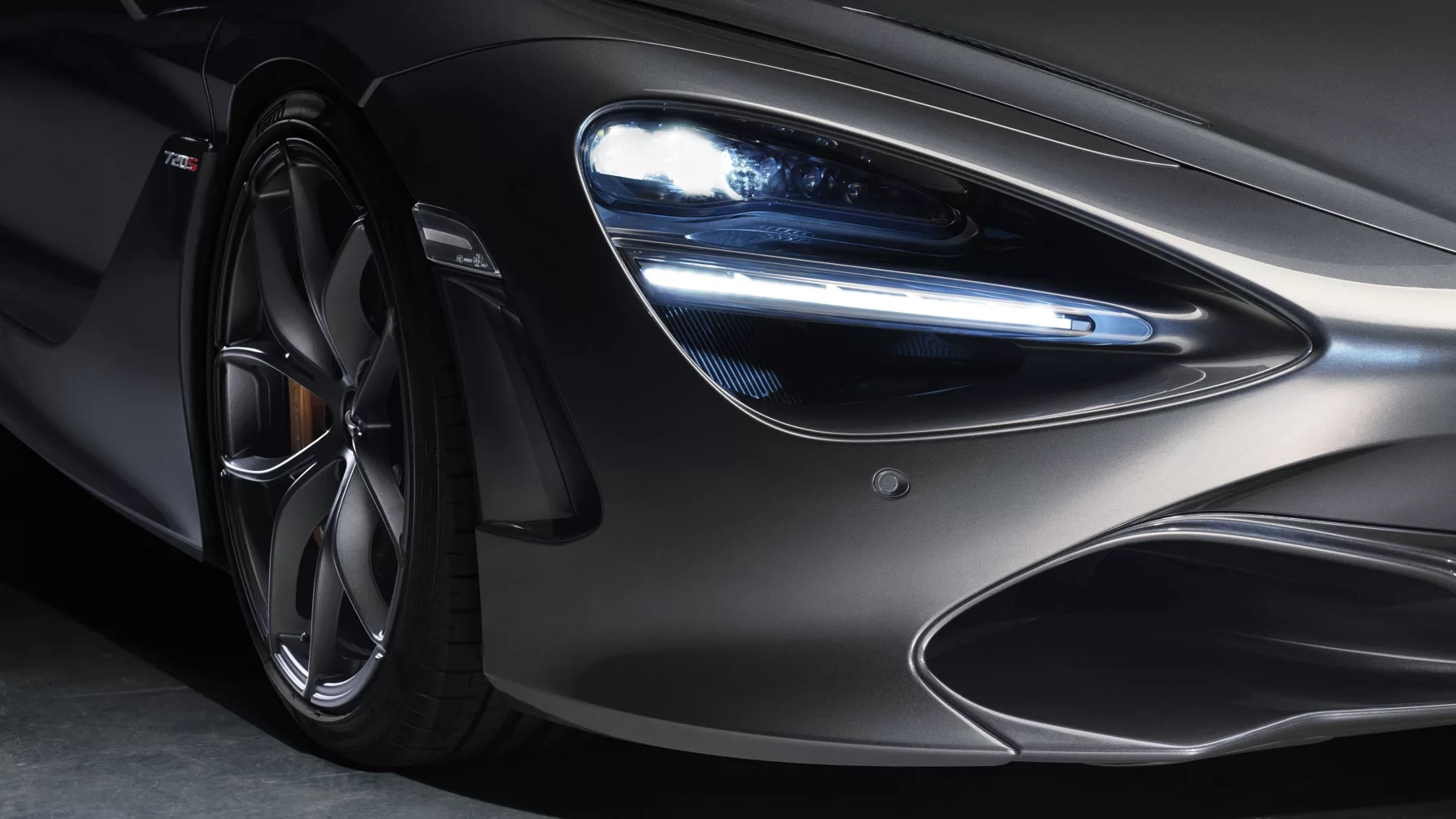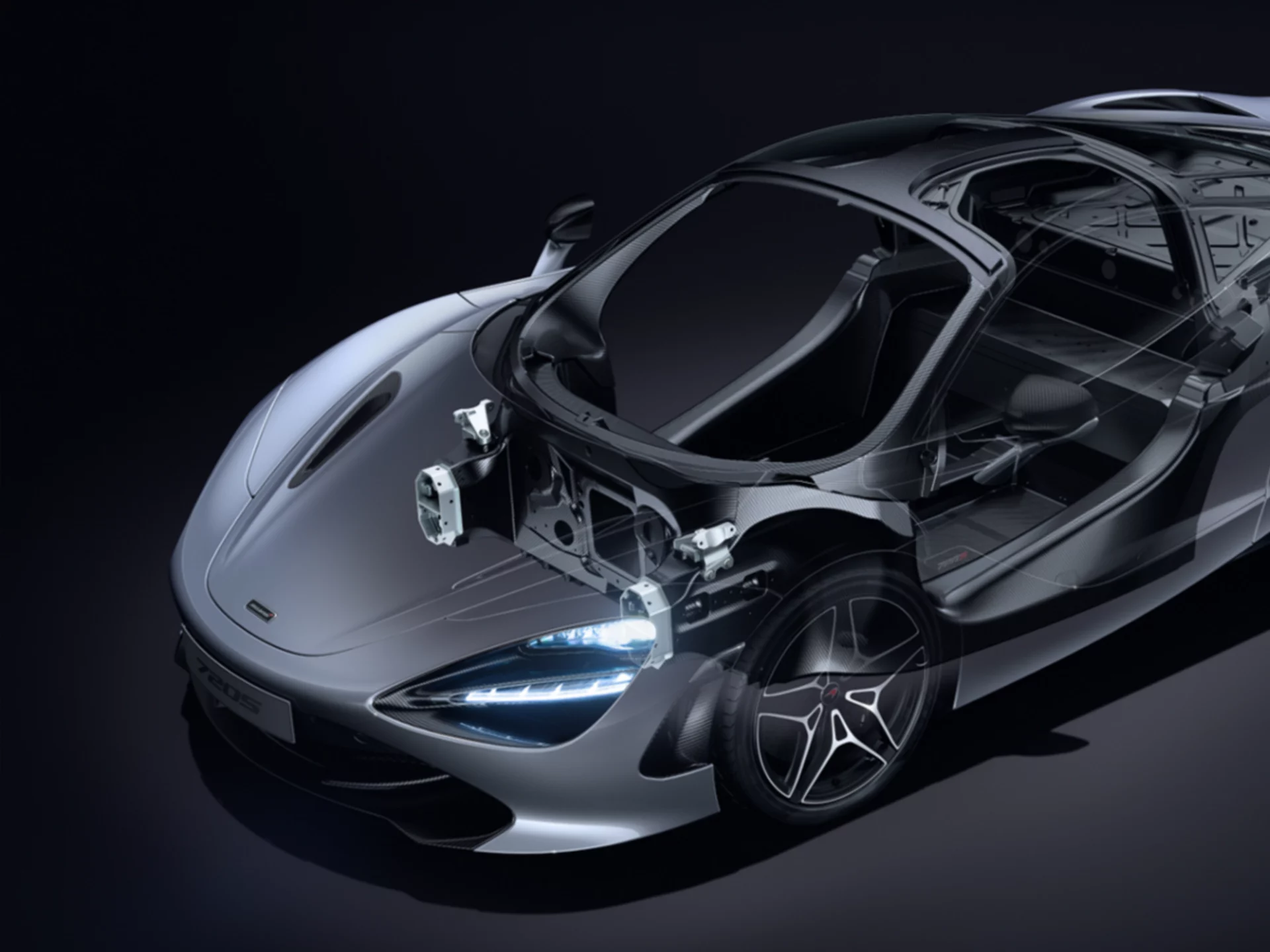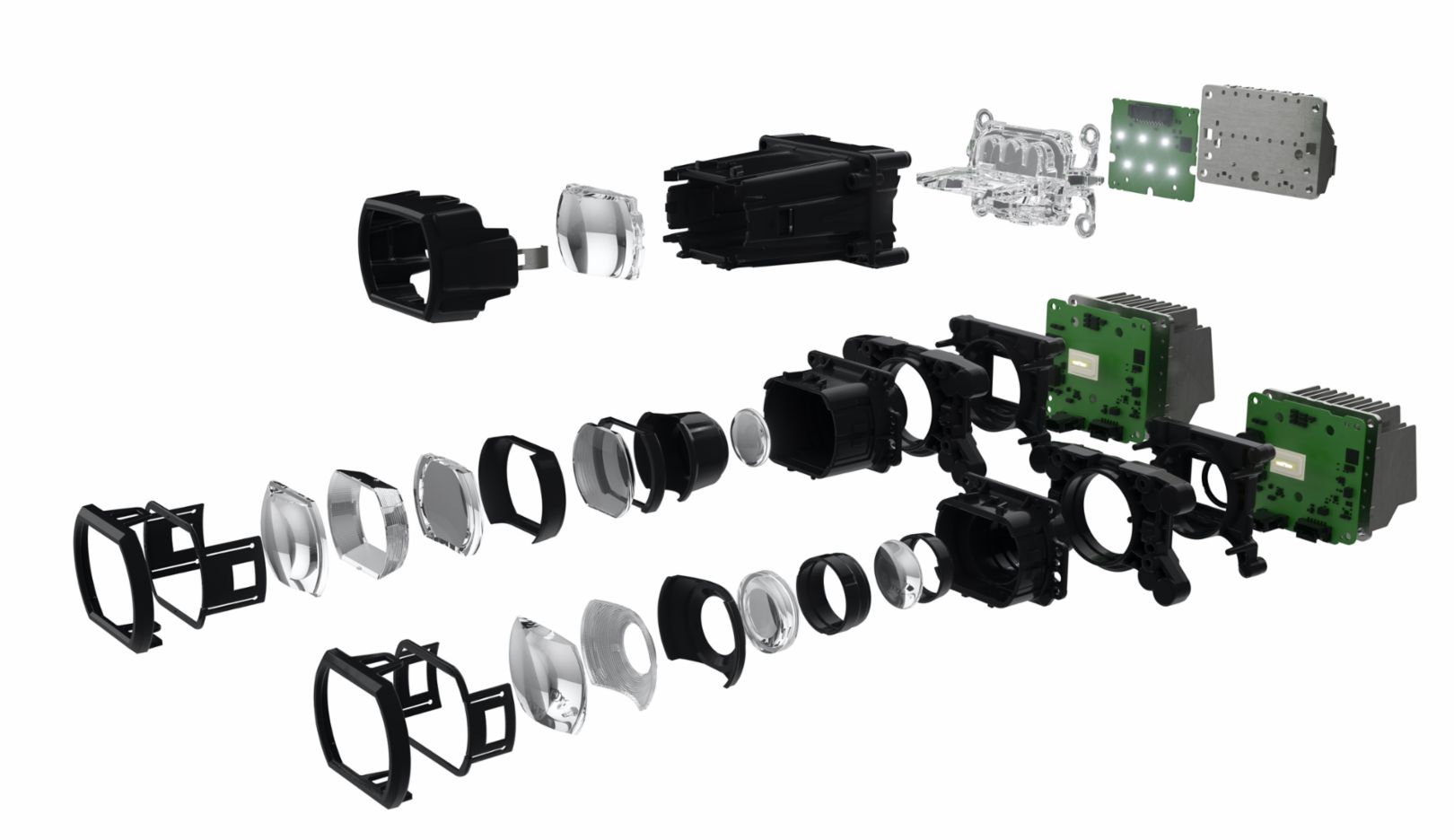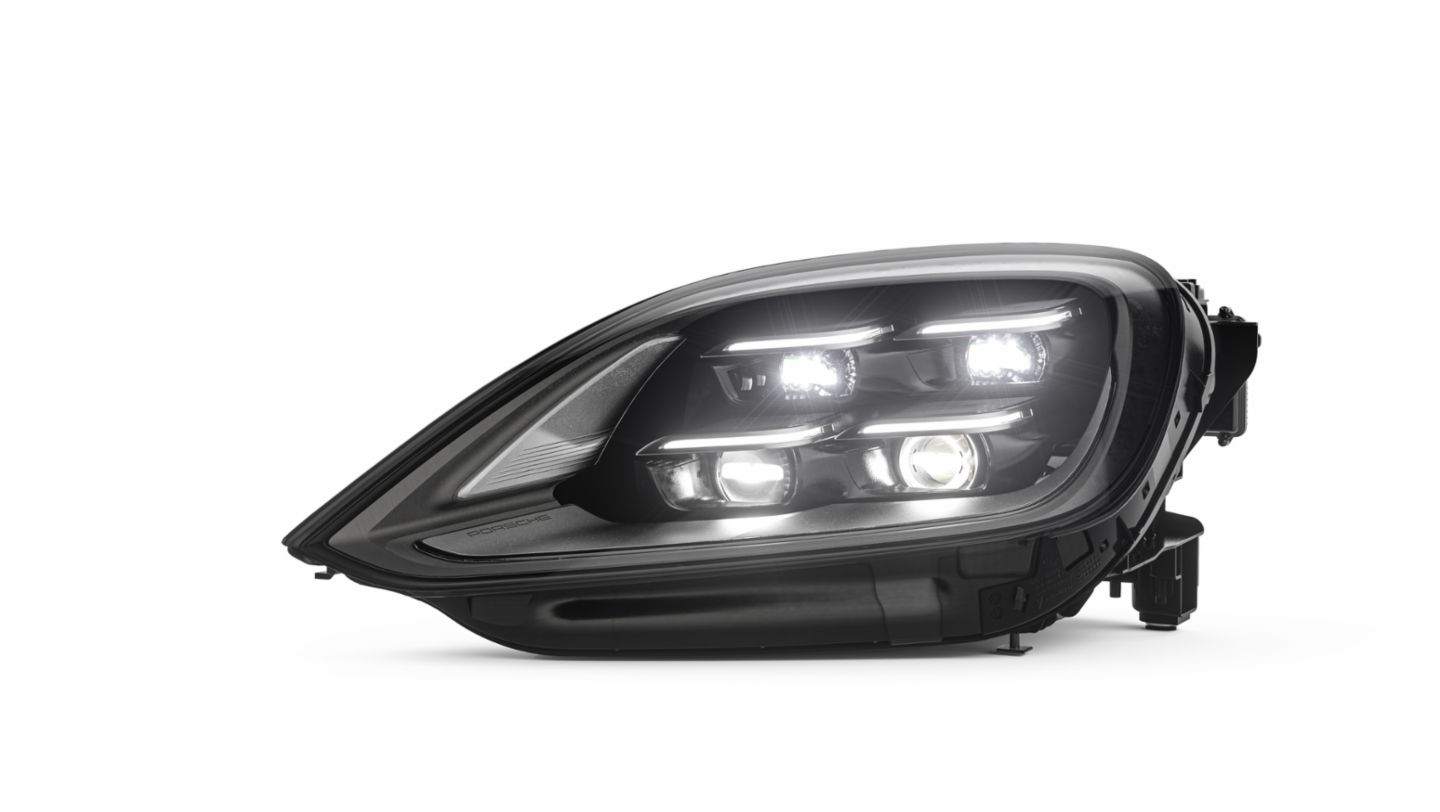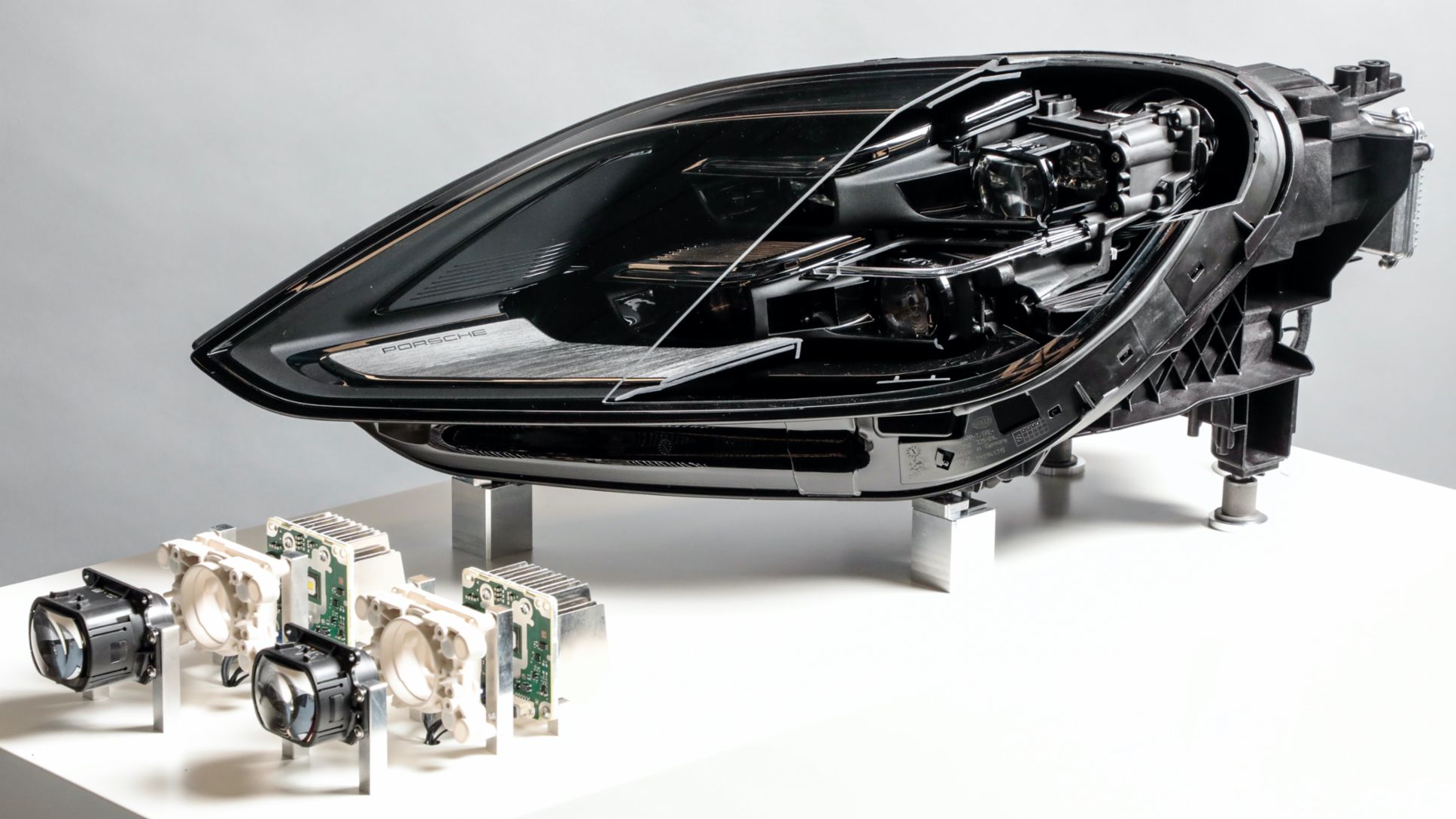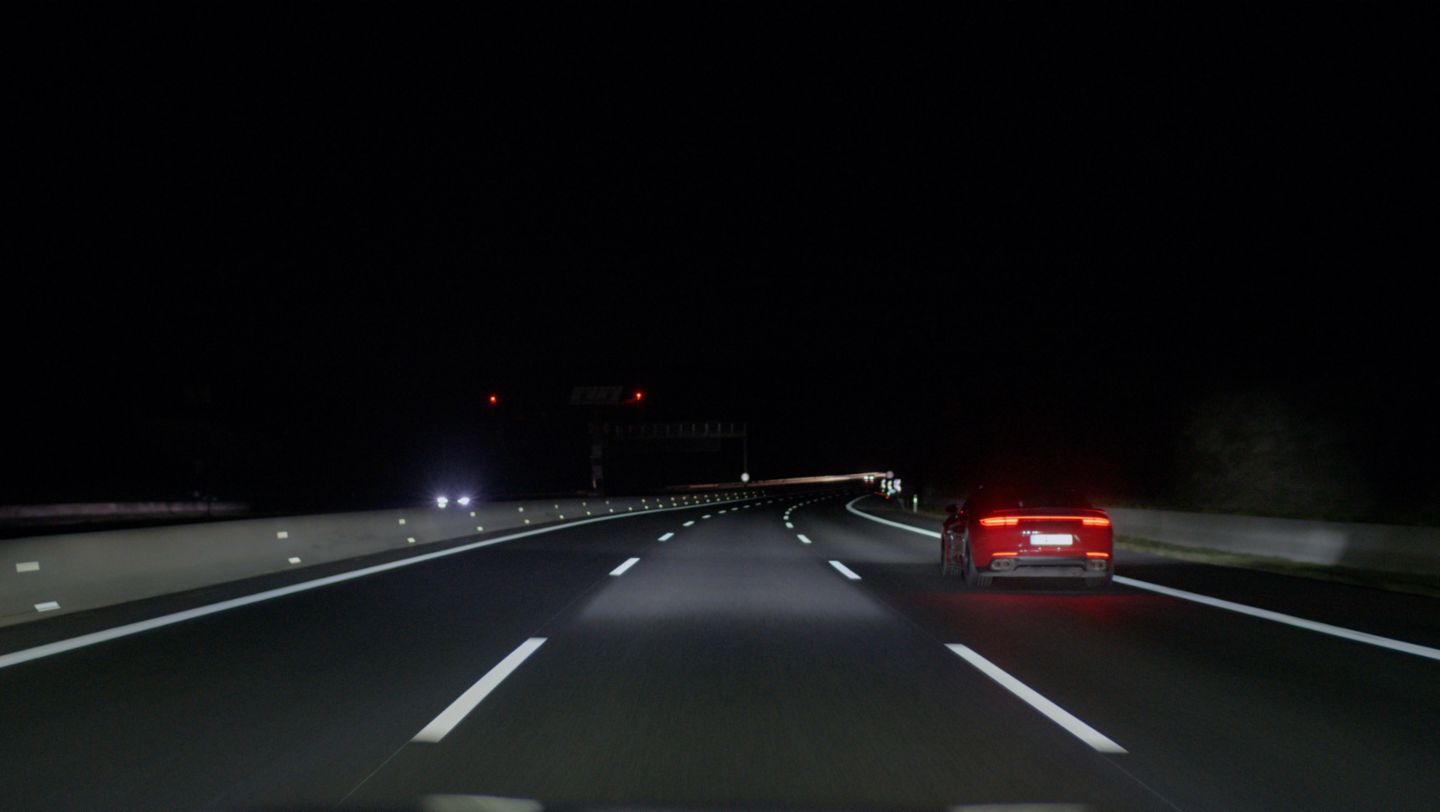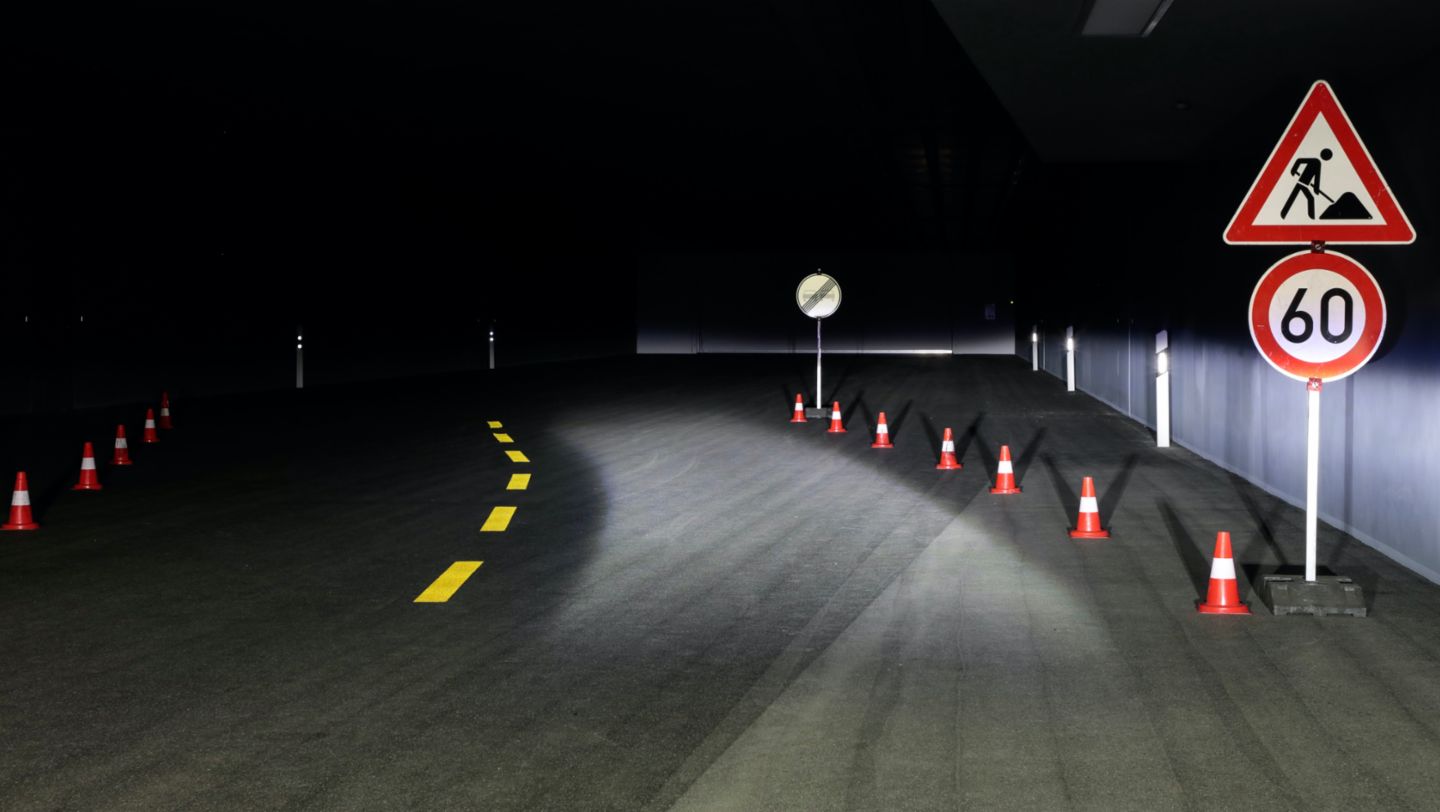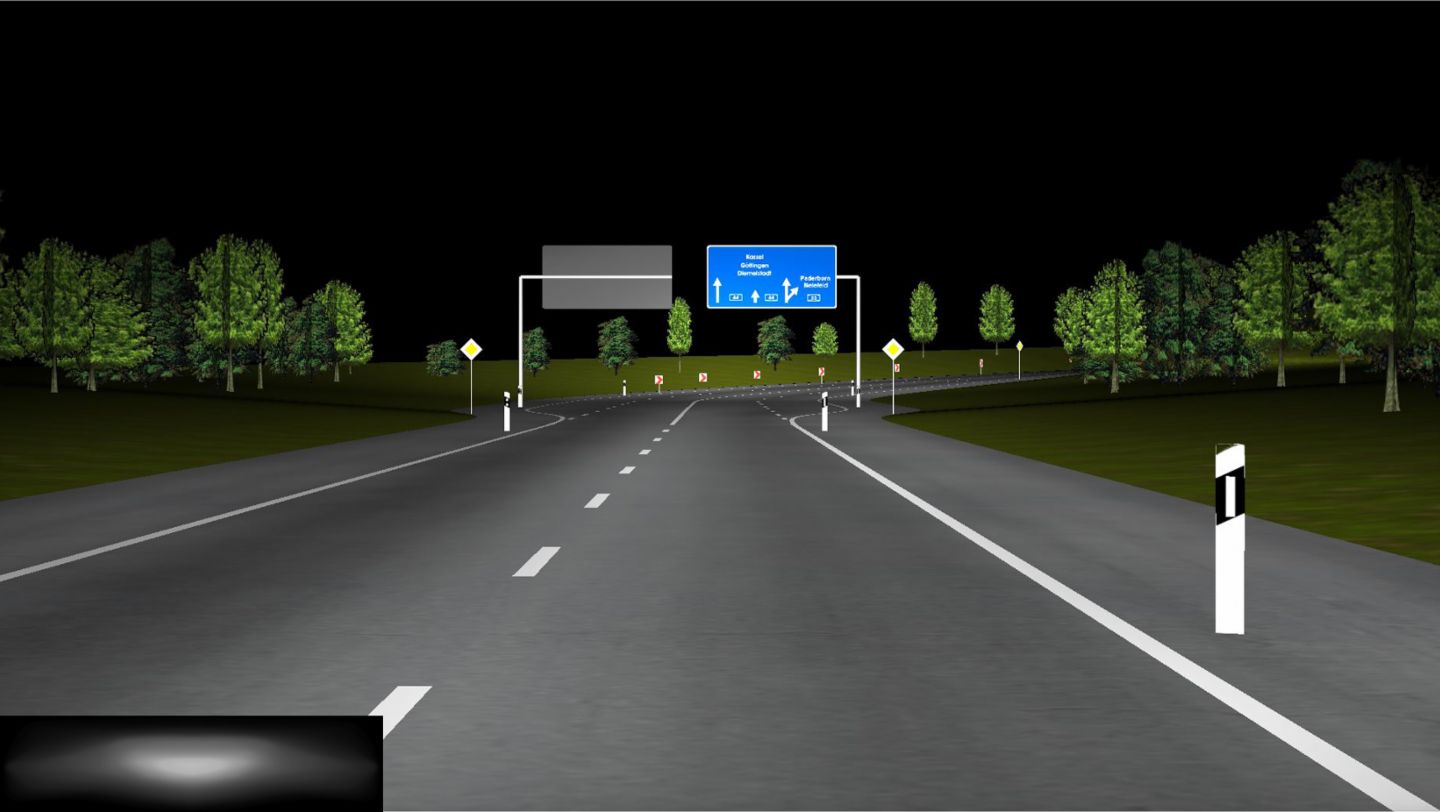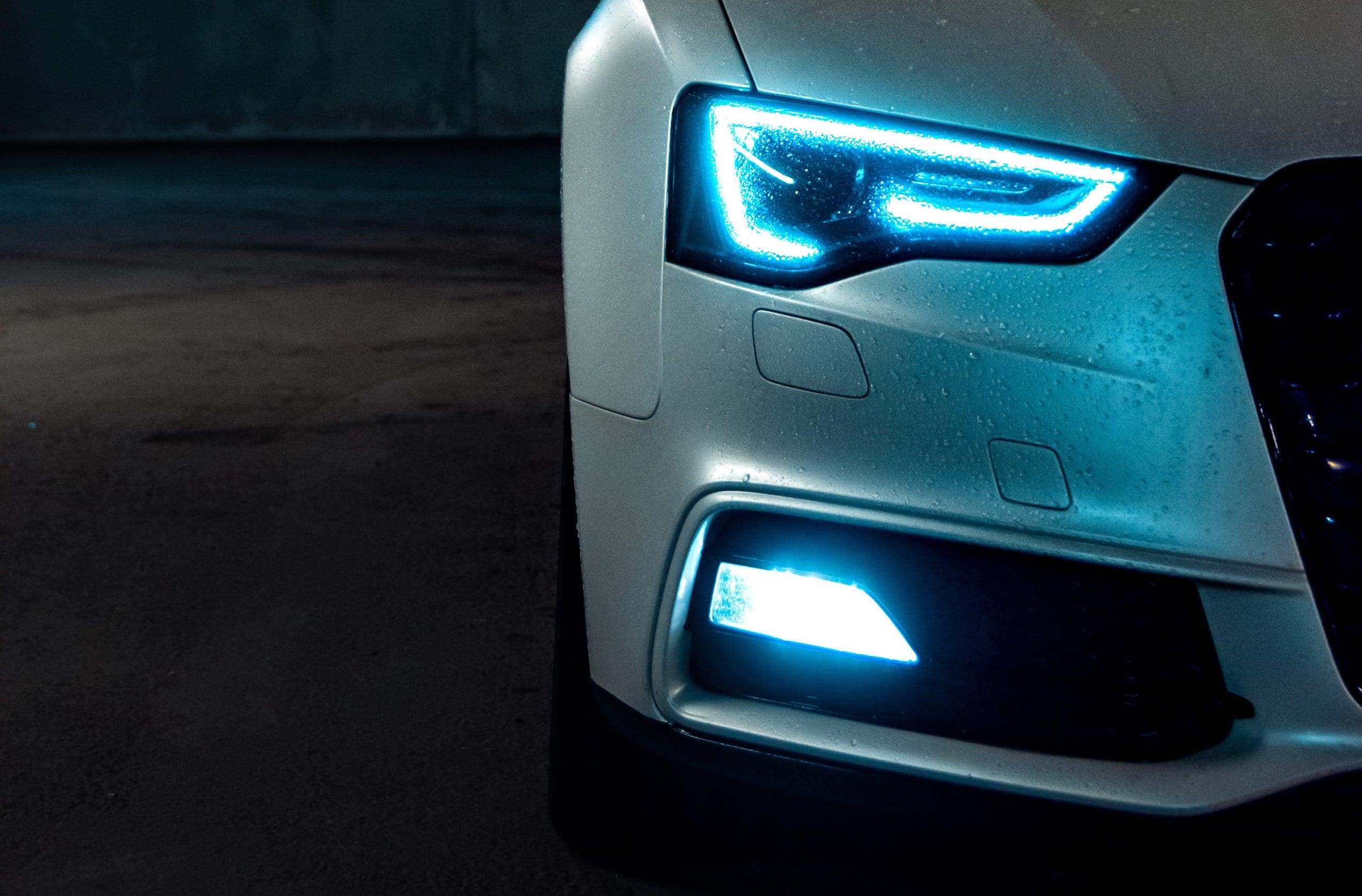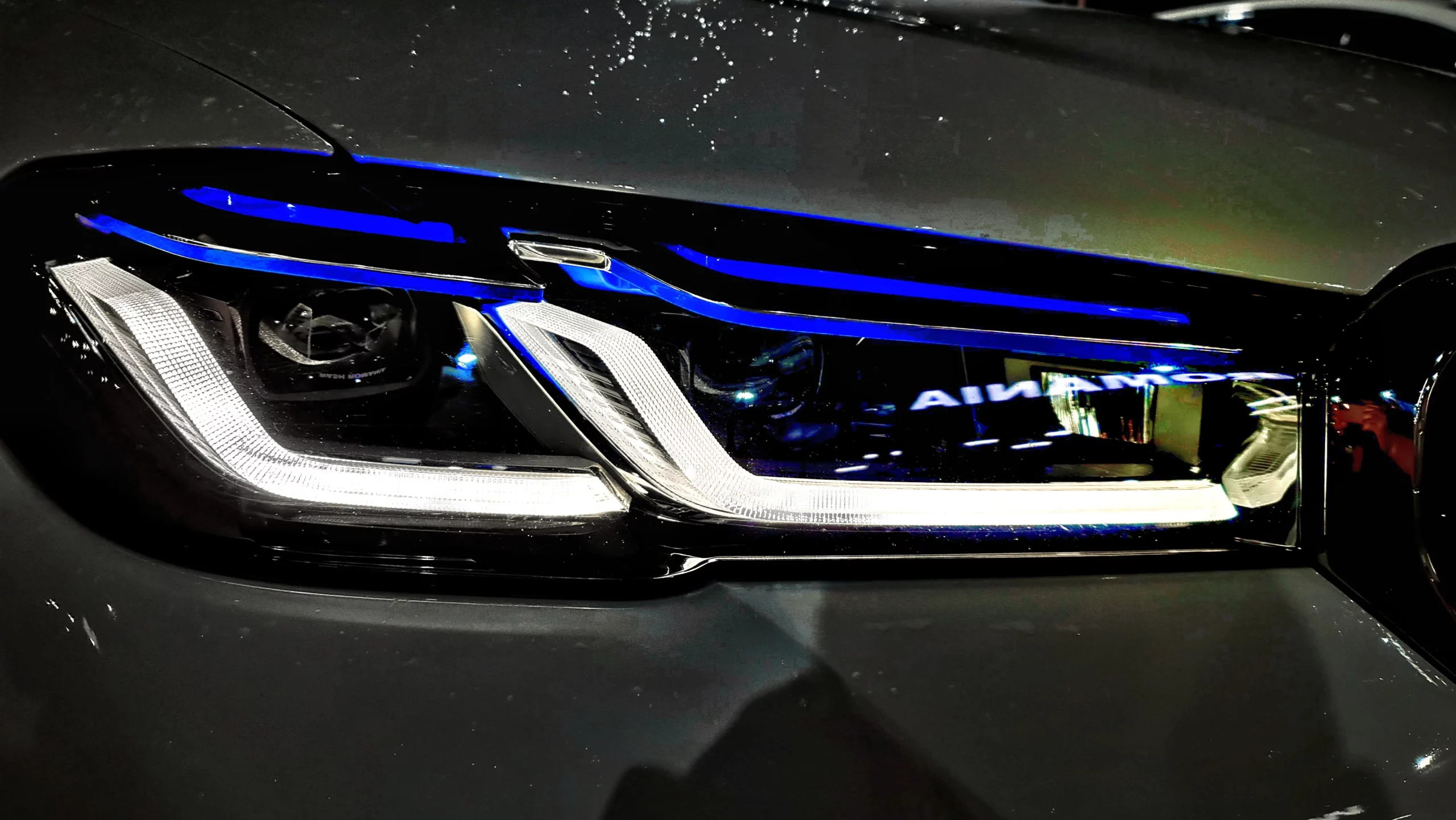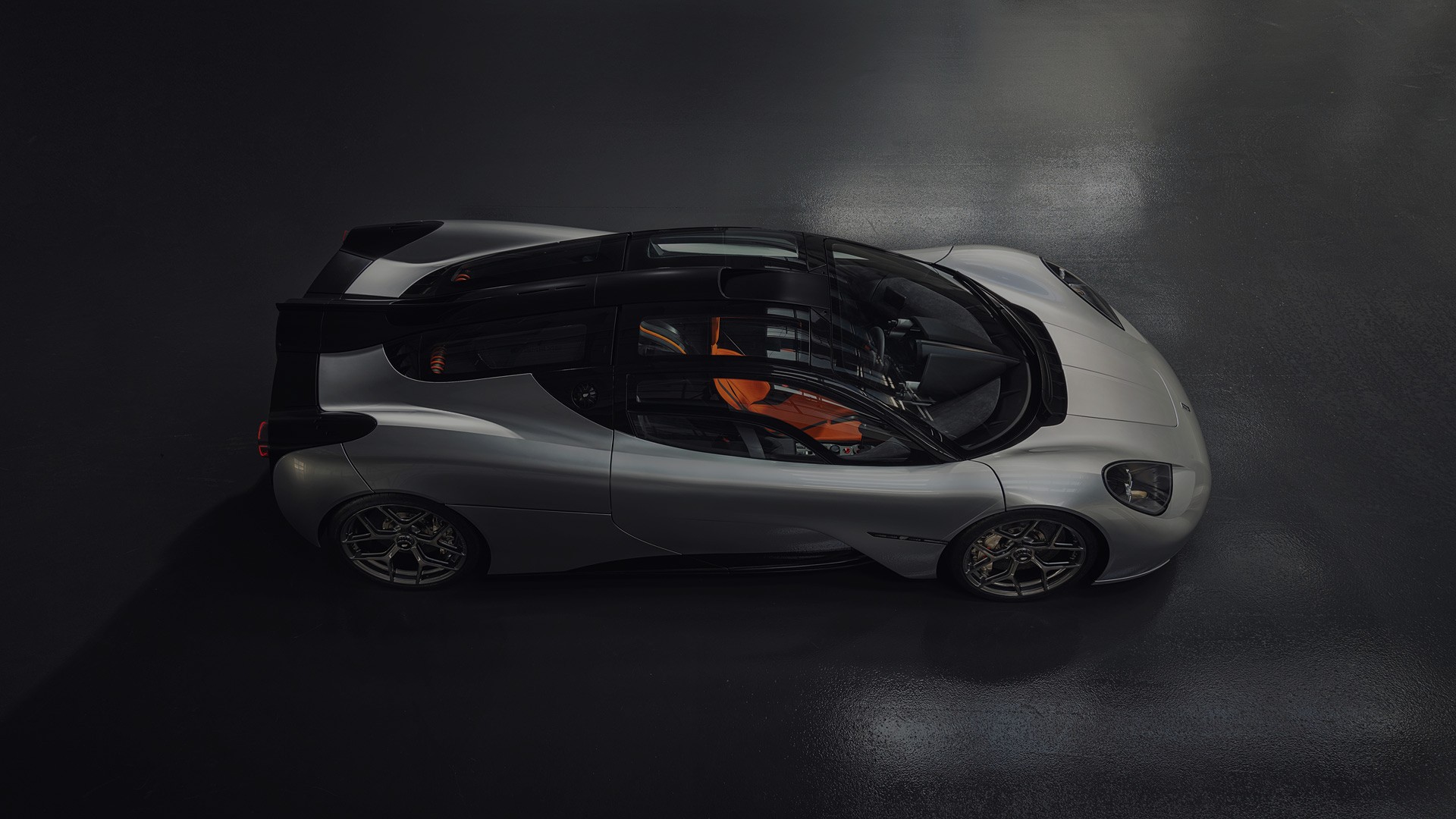When people talk about supercars, the conversation usually starts with horsepower, top speed, or lap times. But there is another piece of the puzzle that deserves the spotlight: the headlights.
In the world of high-performance machines, headlights are no longer just about lighting the road. They have become a signature part of a car’s design and an important piece of the technology package. From wild lighting shapes to self-adjusting beams, modern headlight systems are smarter, safer, and more stylish than ever.
In this article, we will break down how headlight technology has evolved in the supercar world, what makes these systems special, and how you can explore similar upgrades for your own vehicle.
How Supercar Headlights Got So Cool
Once upon a time, headlights were pretty basic. Most cars ran halogen bulbs, which got the job done but did not exactly wow anyone. They produced a soft yellowish glow, which was fine for city streets but lacked the brightness and sharpness needed for high-speed performance driving.
Then came HID (high-intensity discharge) lamps in the late ’90s and early 2000s. These bulbs produced a crisp, white light and offered greater visibility than halogens. HIDs quickly became popular in luxury cars and sports cars because they delivered better lighting performance and gave vehicles a more modern look.
The real game changer was the LED. These tiny light sources are not just energy efficient but they’re also super versatile. Designers could finally shape lights into all kinds of patterns and add flair to the front end of their cars. That is why you see all those signature lighting designs on modern exotics like the Y-shaped lights on Lamborghinis or the stacked beams on the latest Ferraris.
Laser headlights have pushed things even further. These systems offer incredible range and brightness while staying compact and efficient. Some systems can illuminate up to 600 meters ahead, making night driving feel like daytime. Flexible OLED (organic light-emitting diode) panels are also making waves because they can create smooth, uniform lighting in almost any shape. It is part function, part art.
This evolution has not just been about brightness. It is also about design. Lighting has become an important part of brand identity, with manufacturers using headlight shapes and arrangements as signature features. Think of the four-point LED headlights on Porsches or the U-shaped running lights on McLarens.
Smarter Headlights for Smarter Cars
Modern headlight systems are brighter and smarter. Today’s best lighting technology actively adapts to road conditions, improving safety, reducing glare, and helping drivers stay focused behind the wheel.
At the heart of these systems is adaptive driving beam (ADB) technology. Rather than switching between fixed low and high beams, ADB systems use sensors and matrix-style lighting units to continuously adjust the shape, brightness, and direction of the beam. This allows the headlights to shine brightly where visibility is needed while dimming specific areas to avoid blinding oncoming traffic or pedestrians.
These systems can also respond to steering input, following curves in the road and maintaining optimal illumination through corners. Auto-leveling features ensure that the headlights remain properly aimed, even when vehicle load changes.
In poor weather conditions like fog or heavy rain, these smart systems can redirect the beam pattern to reduce reflections and glare. This improves visibility and reduces eye strain, creating a safer and more comfortable driving experience.
Some of the most advanced systems use cameras to scan the road ahead, identifying vehicles, animals, and pedestrians. The lighting then adapts in real time, maintaining maximum brightness where possible while shielding sensitive zones.
As electric and autonomous vehicles reshape the automotive landscape, smart headlights are taking on an even larger role, not just as safety devices but as part of the car’s overall communication strategy. Adaptive lighting helps bridge the gap between driver, vehicle, and environment, enhancing the experience at every level.
Case Study: Porsche Headlight Technology
One of the best examples of cutting-edge lighting innovation comes from Porsche and its high-resolution HD matrix LED headlights. Introduced in late 2022, Porsche’s new system offers twice the brightness and four times the illuminated area compared to previous top-tier systems.
The heart of this technology is a micro-LED chip, packing over 16,000 individually controllable LEDs onto a space the size of a thumbnail. Each headlight contains two of these chips, for a total of four per vehicle. The result is precise, highly flexible light distribution that adapts to real-world driving conditions.
Drivers benefit from features like lane-specific illumination, adaptive motorway high beams, construction and narrow-lane lighting, and advanced non-dazzling high beam capabilities. Porsche’s system ensures large portions of the road remain brightly lit, while sensitive areas near oncoming traffic stay dimmed to prevent glare.
Energy efficiency is gained through an HD matrix system, which only activates the pixels that are needed at any given time, keeping power consumption low without sacrificing performance.
The design is just as impressive. The system retains Porsche’s signature four-point headlight graphic, now visible both day and night. This consistency in design reinforces the brand’s identity while enhancing safety and functionality.
Behind the scenes, Porsche filed more than 25 patents for this innovative lighting solution. The system controller functions like a high-powered graphics card, managing the brightness of each pixel in 1,024 steps. This control allows the headlights to deliver wide coverage with high intensity right where it matters most.
The introduction of Porsche’s HD matrix LED headlights represents a significant leap in headlight technology. It shows how far the industry has come,and where it might be headed next.
How You Can Get In On the Action
You do not need to own a six-figure supercar to enjoy better headlights. Many of these upgrades are now available for a wide range of vehicles. Swapping out your old halogen bulbs for modern LEDs is one of the easiest ways to improve both visibility and style.
The best part is that many LED headlight kits are designed to be plug-and-play, making installation straightforward. You will not need to hack apart your headlight housing or pay for costly modifications. If you are not sure what fits your car, tools like this automotive bulb lookup make it simple to find the right bulbs for your exact make and model.
When choosing an upgrade, pay attention to key details:
- Brightness: Measured in lumens. More is not always better if it creates glare. Balance is key.
- Color Temperature: Typically measured in Kelvin. Around 6000K gives you a crisp, white light, while lower temperatures lean more yellow and higher ones trend toward blue.
- Beam Pattern Compatibility: Make sure your new bulbs work properly with your existing headlight housing. A good beam pattern ensures the light goes where it is supposed to, improving visibility without blinding other drivers.
The Future Is Bright and Smart
Headlight technology has come a long way from the simple sealed beams of the past. In the supercar world, lighting has become part of the experience both in form and function. These systems do more than light the road. They help define a car’s personality.
If you are looking for an easy way to modernize your own vehicle, upgrading your headlights could be one of the smartest moves you make. Better visibility, a cleaner look, and a little piece of supercar tech right there in your driveway. Sometimes, it really is all about the details.


